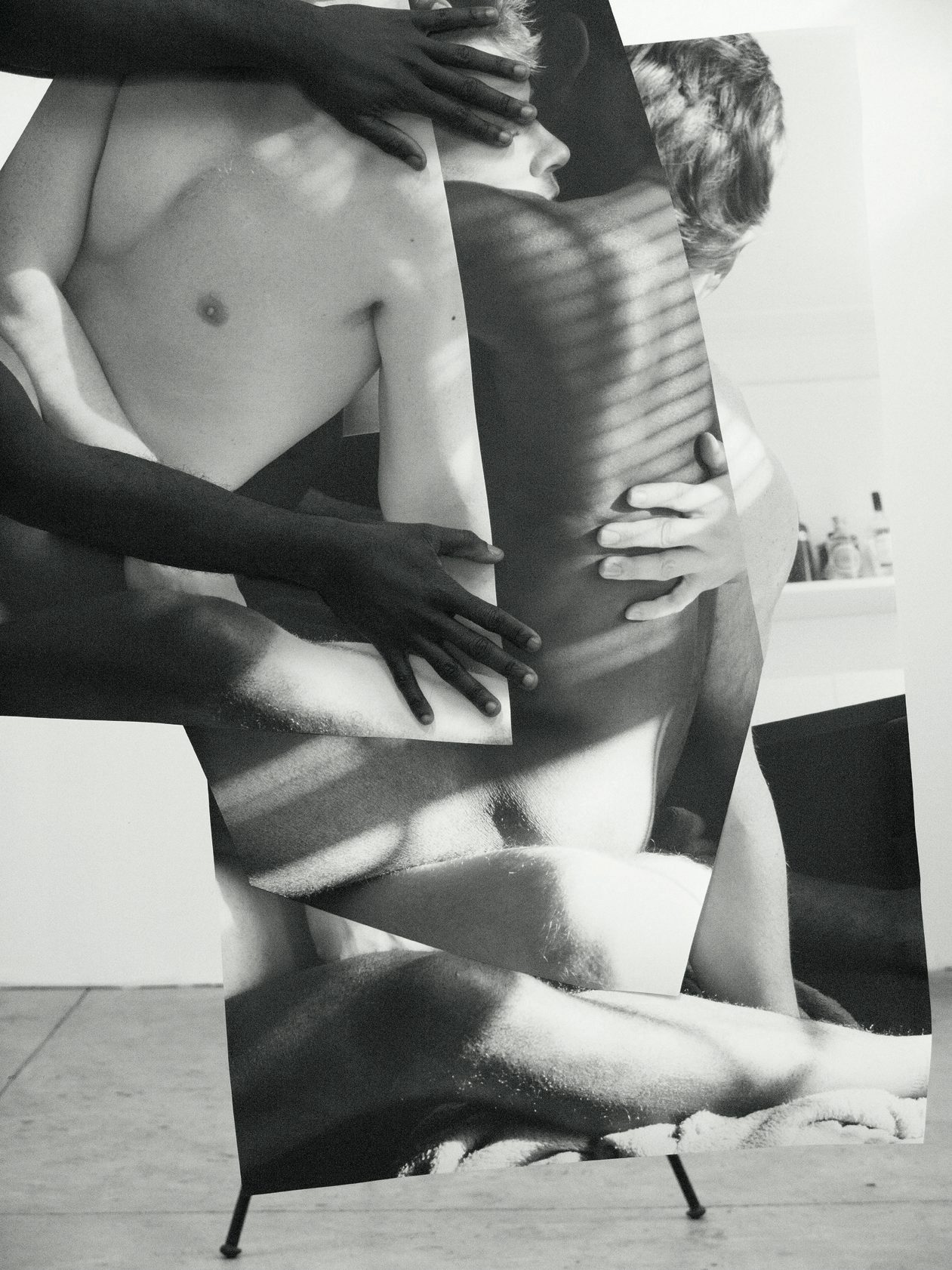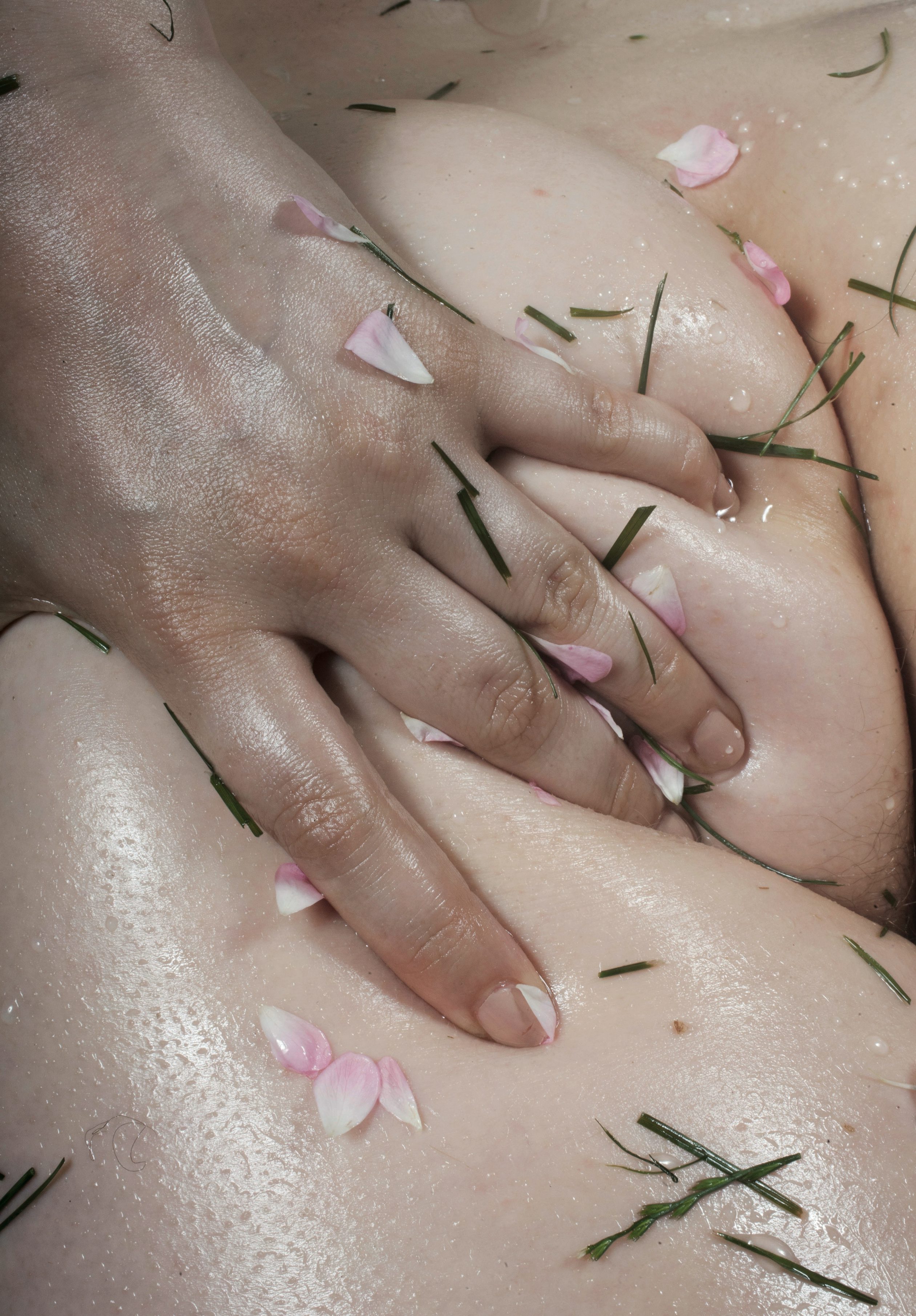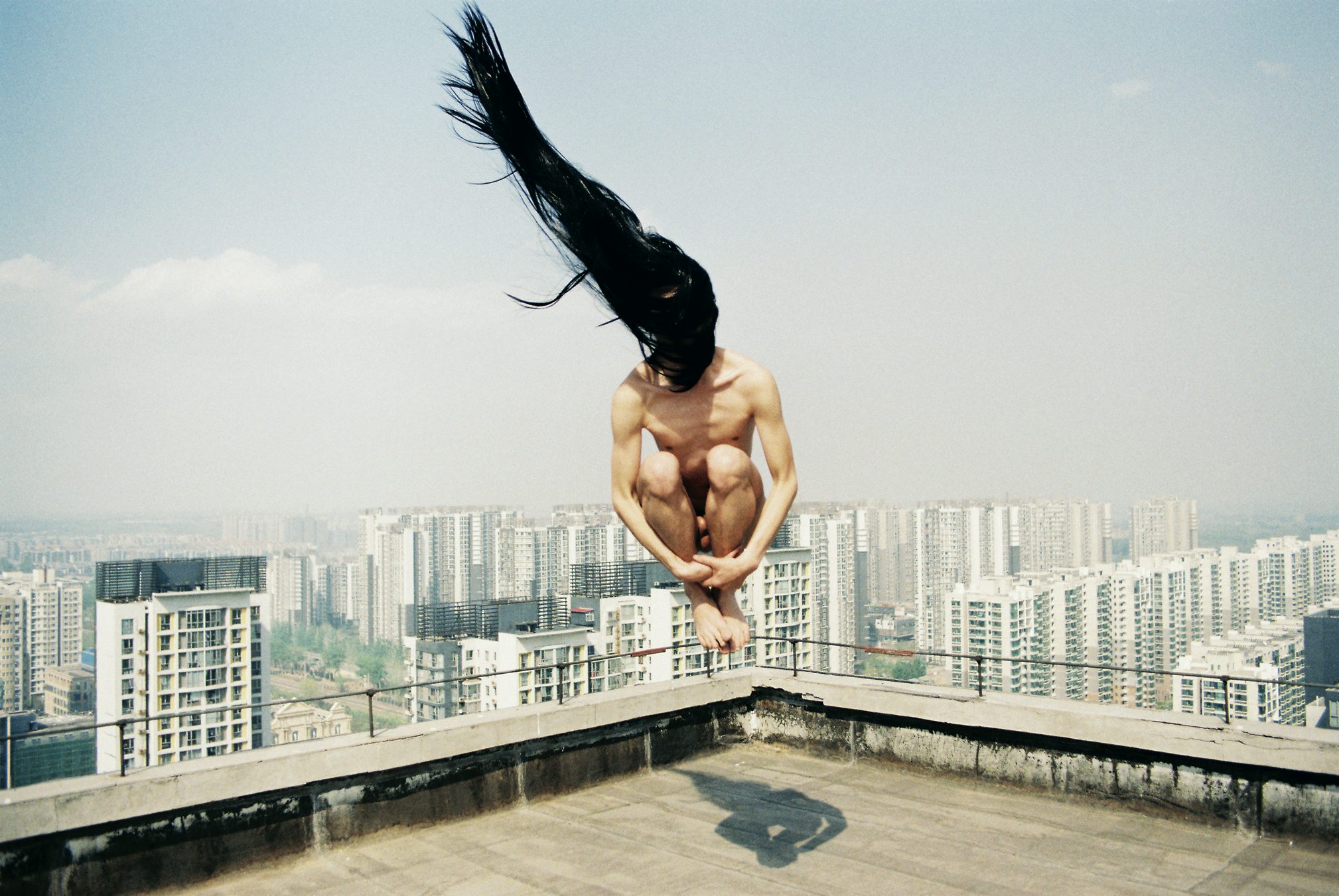New book offers up a history of the body in photography
Body: The Photography Book is a collection of 360 diverse photographic representations of the thing that houses our consciousness
Authored by Nathalie Herschdorfer, Director of the Museum of Fine Arts at Le Locle, Switzerland, the monograph is “the definitive survey of contemporary photography of the human body”.
The book was inspired by the publication of human embryos aged between six and 14 weeks in the scientific journal Cell in 2017. The embryos were 8mm and 9mm long, and revealed anatomy in its tiniest details – blood vessels, nascent muscles, a nervous system and embryonic organs.

The images were produced by a team of French researchers from the Institut do la Vision and the Institut National de la Sante et de la Recherche Medicale in Paris, as part of the international project to map human cells, The Human Cell Atlas.
They were created using a combination of tissue marking, optical microscopy, and have, Herschdorfer writes “already opened up new lines of medical study, including the study of cancer”.


But Herschdorfer was interested in how they related to our aesthetic culture. “They have been produced using 21st-century technology and science, yet they form part of a long tradition,” she writes. “Since the Renaissance, the representation of the human body has been based on morphology (the study of the form of things).”
Photography was a revolutionary moment for our understanding of the body. “For centuries, painters and sculptors in the West have tried to represent the body in an anatomically correct way,” Herschdorfer writes. “From the 1840s on, photography overturned that approach to the body. The new medium became a vital tool for scientists, who, before its invention, has been forced to resort to drawing to transcribe their observations.”


With these pioneering new images of the human embryo as a starting point, Herschdorfer new book surveys a range of over 360 photographic representations of the human body – from the worlds of art, fashion, scientific and vernacular photography.
In collecting such a range together, Herschdorfer explores how our imaging of the human form, and the ways in which those images have been used and shared, reflects our relationship to our own bodies, and to broader societal understandings of expectations on the structure of flesh, blood and bone that houses our consciousness.


“The body remains a battleground,” Herschdorfer writes. “Politicised, conceptualised and increasingly shared, our often-paradoxical relationship with the human form is nothing new, but finds itself heightened in the digitised, virtualised era of the ‘post-industrial’ body … leaving us dreaming of other bodies and alternate lives.”
The book includes photographs from a diverse span of artists, from the Japanese eroticists Nobuyoshi Araki and Daido Moriyama to contemporary European fashion photographers Juergen Teller, Viviane Sassen and Wolfgang Tillmans, to iconic American photographers like Lauren Greenfield and Cindy Sherman.
Thames & Hudson will publish Body: The Photography Book on 18 April; thamesandhudson.com




















